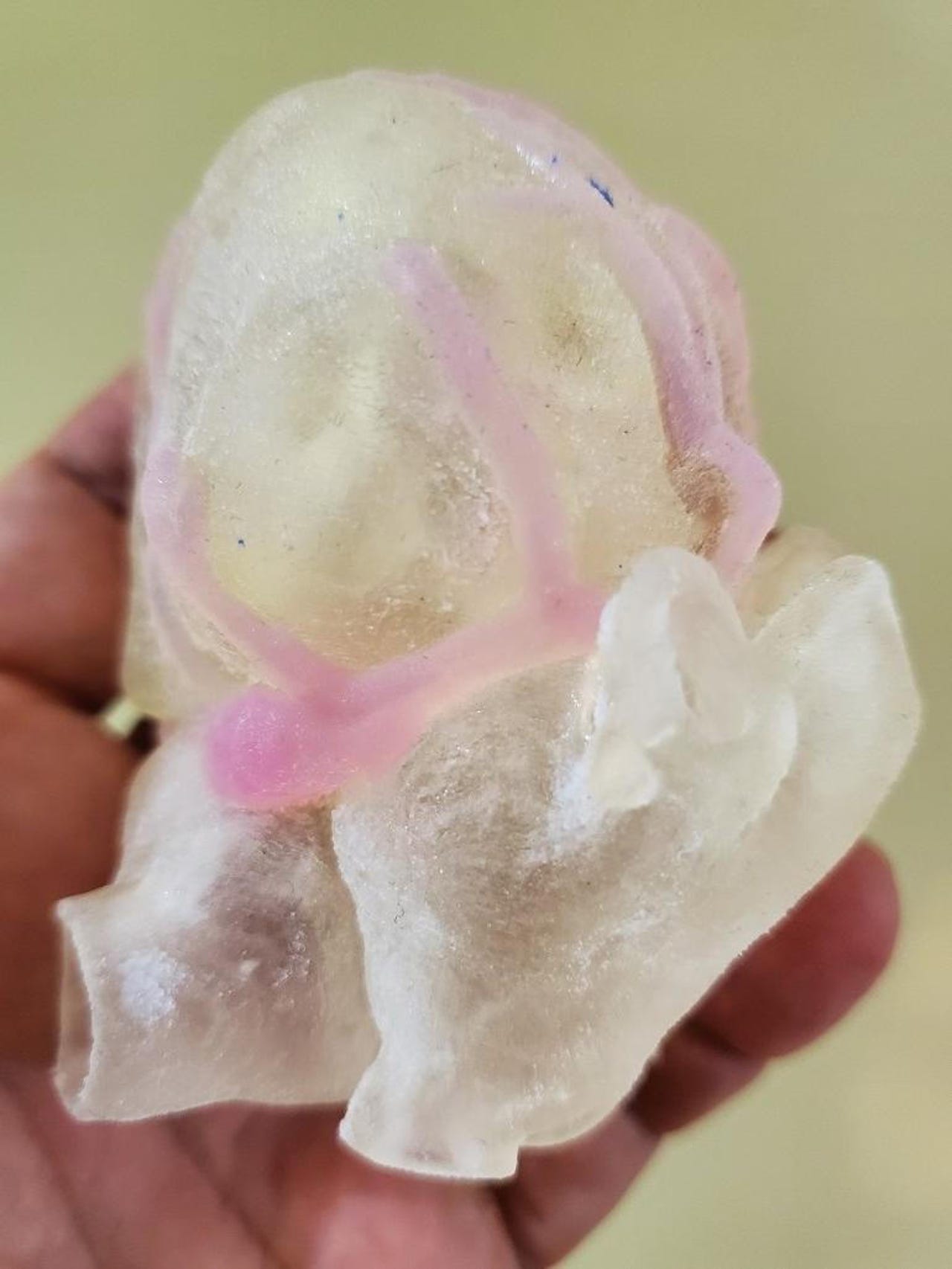Stratasys launches 3D printer, materials aimed at printing human anatomy models

Stratasys launched a new 3D printer devoted to printing human anatomy and medical models as well as materials designed to replicate cardiac and vascular systems as well as bones.
The printer, the J750 Digital Anatomy 3D Printer, is designed to product models that replicate the feel, responsiveness and biomechanics of human anatomy. The use cases are to allow surgeons to prepare and train for procedures as well as advance medical devices.
Anatomic models is a hot market for 3D printer makers given that healthcare is a big industry and the ability to print human anatomy models addresses a pain point and saves money. Stratasys isn't alone on this chase. 3D Systems announced last month that it received additional FDA clearance for its D2P software used to print patient specific anatomic models.
Typically, medical professionals have used cadavers, animal, traditional and virtual reality models to train. All of those training tools have limitations. Cadavers don't retain live tissue feel and animals may bring up ethical concerns.
In addition, Stratasys launched three materials to create cardiac, vascular and orthopedic 3D printing applications. These materials are called TissueMatrix, GelMatrix and BoneMatrix. A Blood Vessel Cleaning Station that removes support material from inside 3D-printed blood vessels is being released.
MUST READ
Stratasys' J750 Digital Anatomy 3D Printer will be primarily used by medical device firms as well as academic medical centers.
Stratasys said the new 3D printer has been tested in medical institutions such as The Jacobs Institute to create vascular medicine devices. Here's a look at Stratasys' 3D printed heart model.

Scott Drikakis, medical segment leader for Americas at Stratasys, said the materials and printer didn't need FDA clearance because they are for education and training.
Stratasys started the medical anatomy printing effort in 2014 with software integration and customization for various human anatomy features taking the most time.
"The market is a multibillion dollar a year space. It is an extremely large market. The simulation market alone--physical models--is just under $1 billion a year," said Drikakis.
Third parties are now validating the 3D printed anatomy models to compare Stratasys' output to human anatomy tissue.